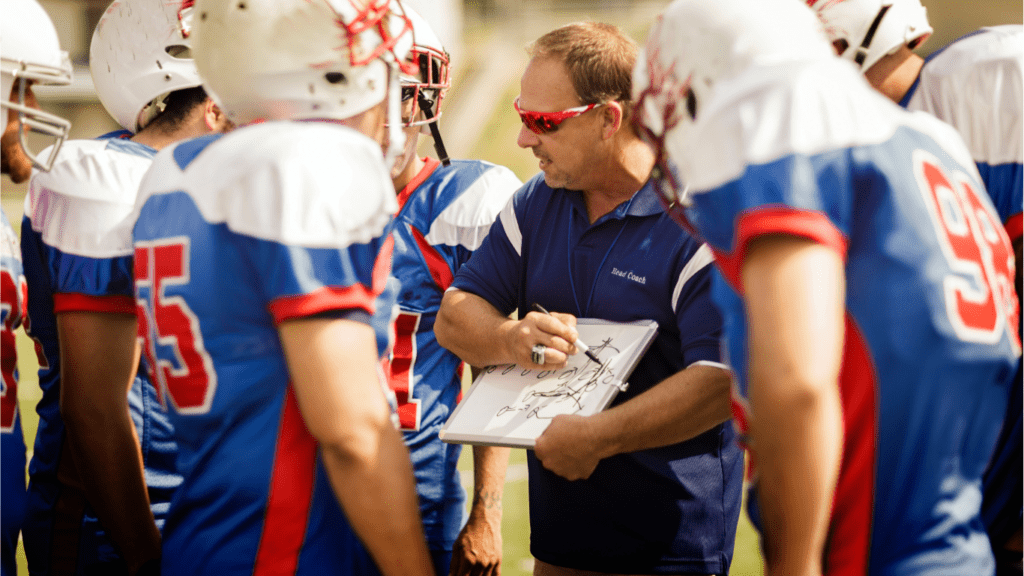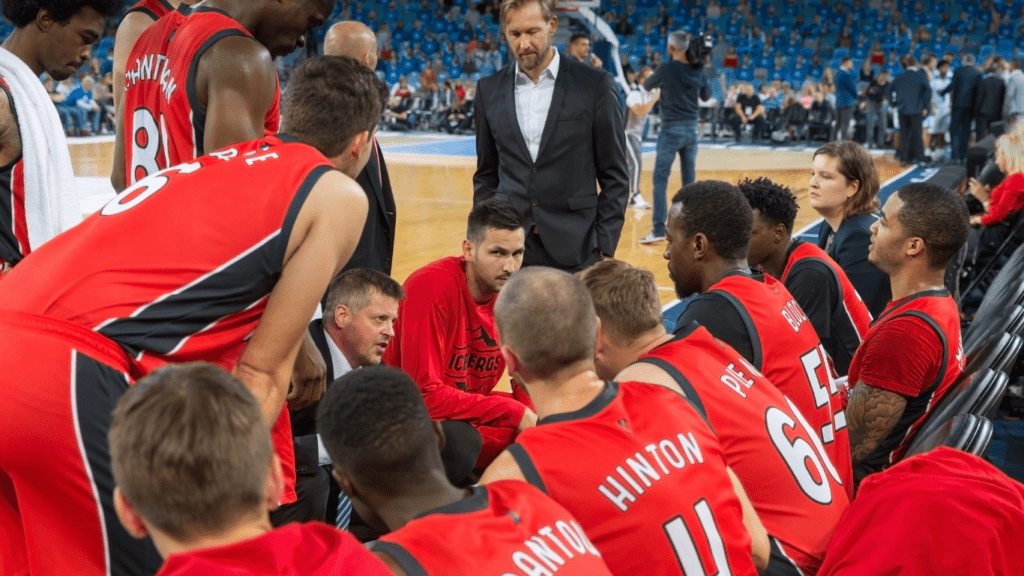Coaching isn’t just about developing skills—it’s about building a team that works together, trusts each other, and thrives under pressure. I’ve learned that the strongest teams don’t happen by chance; they’re the result of intentional strategies and consistent effort. Whether you’re coaching youth sports or managing a professional squad, creating a cohesive unit takes more than just drills and game plans.
Understanding The Importance Of Team Building
Team building strengthens trust, improves communication, and enhances overall performance. A team’s ability to work cohesively often determines its success, particularly under pressure or during critical moments. Building these connections ensures players support one another on and off the field, fostering a sense of unity.
Effective team building also directly impacts morale and motivation. When individuals feel valued and connected, they’re more likely to stay engaged and contribute positively. This engagement not only benefits group dynamics but also drives individual performance to higher levels.
Teams built with intentionality adapt more effectively to challenges. Players learn to leverage one another’s strengths, compensate for weaknesses, and navigate adversity as a group. This adaptability stems from shared trust, open communication, and a commitment to achieving common goals.
Key Characteristics Of Strong Teams
Strong teams share specific traits that enhance:
- cohesion
- efficiency
- resilience
These characteristics form the foundation for building a unified group capable of achieving superior performance.
Trust And Communication
Trust and communication are the bedrock of any strong team. Members need to rely on each other to execute their roles effectively, and open communication ensures that everyone is aligned. For example, trust reduces conflicts during high-pressure situations, while clear communication facilitates quick decision-making. I always encourage regular check-ins and honest feedback to maintain transparency and strengthen relationships.
Shared Goals And Vision
Teams with a unified direction are more focused and motivated. Shared goals and a collective vision align individual efforts, eliminating confusion and fostering a sense of purpose. Whether it’s winning a championship or improving specific skills, establishing measurable and realistic goals keeps everyone engaged. I collaborate with players to define these objectives so they remain relevant and achievable.
Accountability And Dependability
Accountability ensures each member takes ownership of their contributions, while dependability allows the group to function seamlessly. Strong teams prioritize commitment; for instance, players consistently showing up prepared build mutual trust. I set clear expectations and lead by example to cultivate a culture of responsibility, making it clear that every role is critical to the team’s success.
Essential Practice Strategies For Coaches

Creating a skilled and unified team requires intentional practice strategies that strengthen trust, communication, teamwork, and resilience. I focus on these key areas to help teams perform cohesively and adapt to challenges.
Setting Clear Expectations
- I establish clear expectations by outlining roles, objectives, and conduct standards during practice sessions.
- Players understand their responsibilities when I communicate specific goals, like improving defensive coordination or perfecting offensive plays.
- Consistency in reinforcing these expectations reduces confusion and creates a structured environment where accountability thrives.
Encouraging Open Communication
I promote open communication by fostering an environment where players feel comfortable sharing thoughts and feedback. Simple practices like daily check-ins or quick post-practice debriefs allow team members to voice ideas, successes, and concerns. Direct, respectful communication strengthens relationships and ensures the team addresses misunderstandings promptly.
Fostering Teamwork Through Drills
I implement team-building drills that align with the team’s goals, such as passing relays for coordination or small-sided games for strategic collaboration. Drills that require synchronized actions compel players to rely on each other’s strengths, building trust and familiarity. This integration of skill development and teamwork ensures practice is both challenging and unifying.
Building Resilience And Adaptability
I prepare teams for pressure by designing high-intensity scenarios, like simulating game-winning situations or timed decision-making challenges. Players learn to adapt by navigating varying obstacles, such as rotating teammates or unexpected tactical changes. These practices cultivate resilience and improve the team’s ability to perform under stress without compromising focus.
Measuring Team Progress And Growth
Evaluating progress and fostering growth are crucial for building a cohesive and high-performing team. Assessing both individual and collective development ensures alignment with team objectives.
Tracking Performance Metrics
- I monitor key metrics to assess performance consistently.
- Team-specific indicators, such as game statistics, practice attendance, and skill execution rates, provide measurable insights into individual and group progress. For example, tracking passing accuracy in soccer or successful plays in basketball highlights areas needing improvement.
- Comparing metrics over time allows me to identify growth trends and adjust drills or strategies accordingly.
- I evaluate non-quantifiable metrics like communication effectiveness and adaptability.
- Observing interactions under varying conditions, such as during scrimmages or high-pressure situations, reveals how players respond and collaborate.
- A mix of performance data and behavioral analysis ensures a holistic understanding of the team’s development.
Collecting Feedback For Improvement
I collect regular feedback to pinpoint areas that need refinement. Structured team meetings and anonymous surveys encourage open dialogue without fear of judgment. Specific questions about drill effectiveness, role clarity, or team dynamics provide actionable insights. For instance, athletes may highlight if a particular exercise feels irrelevant or suggest adjustments to improve cohesion.
I also hold one-on-one check-ins to address individual concerns and motivations. Personal discussions often uncover issues that may not surface in group settings, such as a player’s need for additional support in their role. Combining team-wide and individual feedback maximizes our ability to refine strategies and address challenges collectively.
By combining performance tracking with consistent feedback collection, I create an ongoing cycle of growth that drives measurable progress.



 Lead Training Analyst
Lead Training Analyst
